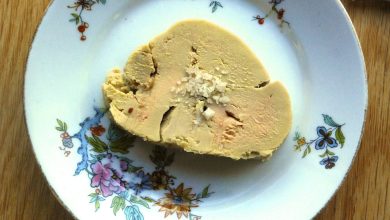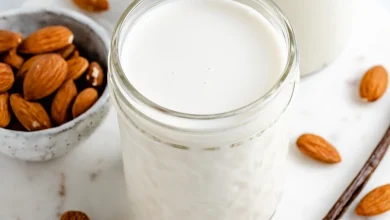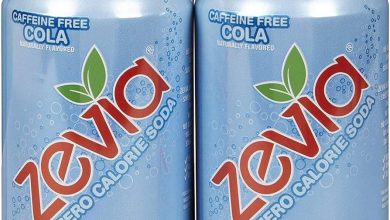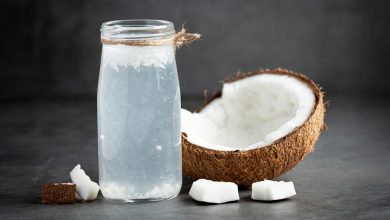Tapioca Pudding: Nutritional Breakdown & Key Ingredients
Tapioca pudding, a beloved and classic dessert, is rich in texture, smooth in flavor, and often enjoyed as a comforting treat. With a simple base of tapioca pearls, milk, and sugar, this pudding offers a delightful balance of sweet and creamy indulgence. Below is a detailed look at its nutritional content and key ingredients.
Nutritional Information (per serving)
| Nutrient | Amount |
|---|---|
| Energy | 130 kcal |
| Protein | 1.95 g |
| Total Fat | 3.88 g |
| Saturated Fat | 0.96 g |
| Carbohydrates | 21.69 g |
| Fiber | 0.0 g |
| Sugars | 14.91 g |
| Calcium | 71 mg |
| Iron | 0.11 mg |
| Magnesium | 6 mg |
| Phosphorus | 60 mg |
| Potassium | 92 mg |
| Sodium | 145 mg |
| Zinc | 0.22 mg |
| Copper | 18 mcg |
| Manganese | 0.011 mg |
| Selenium | 0.0 mcg |
| Vitamin C | 0.3 mg |
| Thiamine (B1) | 0.024 mg |
| Riboflavin (B2) | 0.097 mg |
| Niacin (B3) | 0.065 mg |
| Vitamin B6 | 0.024 mg |
| Folate | 3 mcg |
| Vitamin B12 | 0.21 mcg |
| Vitamin A | 0.0 mcg |
| Vitamin E | 0.15 mg |
| Vitamin D2 | 0.0 mcg |
Key Ingredients
The main ingredients of tapioca pudding include:
- Tapioca Pearls: A starchy ingredient derived from the cassava root, tapioca pearls are responsible for the pudding’s characteristic texture. They absorb liquid and swell when cooked, giving the pudding its signature creamy consistency.
- Milk: This provides the pudding’s smooth, rich base, offering essential nutrients such as calcium, vitamin D, and protein.
- Sugar: Sweetens the dish and balances the natural flavors of the tapioca and milk. It also contributes to the pudding’s smooth, velvety finish.
- Vanilla Extract: While optional, vanilla adds a warm, aromatic note, enhancing the flavor profile.
Allergen Information
- Milk: Tapioca pudding contains dairy and should be avoided by individuals with lactose intolerance or dairy allergies.
- Sodium: The dessert contains sodium, so individuals on a low-sodium diet should consume it in moderation.
Dietary Preferences
- Vegetarian-Friendly: This dessert is suitable for vegetarians, as it primarily consists of plant-based tapioca and dairy products.
- Gluten-Free: Tapioca pudding is naturally gluten-free, making it a safe option for those with gluten sensitivities or celiac disease.
- Low Fiber: With no fiber content, tapioca pudding is a low-fiber dessert choice.
Advice & Serving Suggestions
- For Extra Creaminess: Try substituting part of the milk with heavy cream or coconut milk for an even richer, creamier texture.
- Flavor Variations: Enhance the flavor of your pudding by incorporating spices like cinnamon or nutmeg, or consider adding fresh fruit such as berries or sliced bananas on top for added freshness.
- Chill Before Serving: Tapioca pudding is often enjoyed chilled, as the cooling process enhances its creamy texture and rich taste.
Conclusion
Tapioca pudding is a delightful, comforting dessert that combines simple ingredients with a satisfying texture. Its low protein and fiber content make it an indulgence for those seeking a creamy, sweet treat. While it’s rich in carbohydrates and sugar, tapioca pudding also provides essential nutrients like calcium and iron, offering a well-rounded dessert experience. Whether enjoyed on its own or customized with toppings, it remains a classic dessert loved by many.










